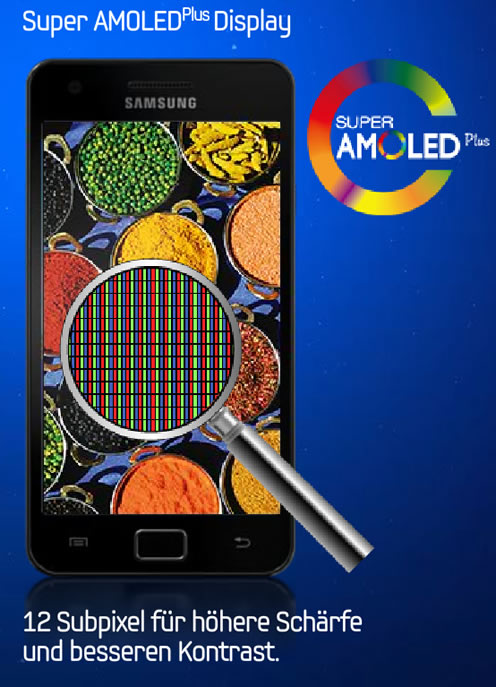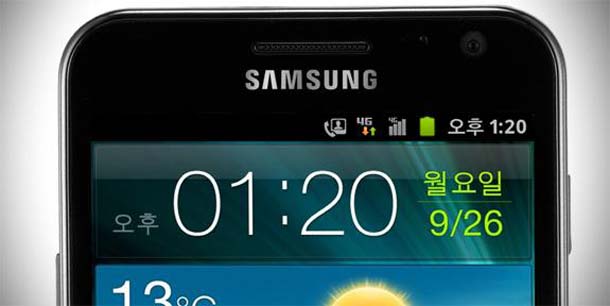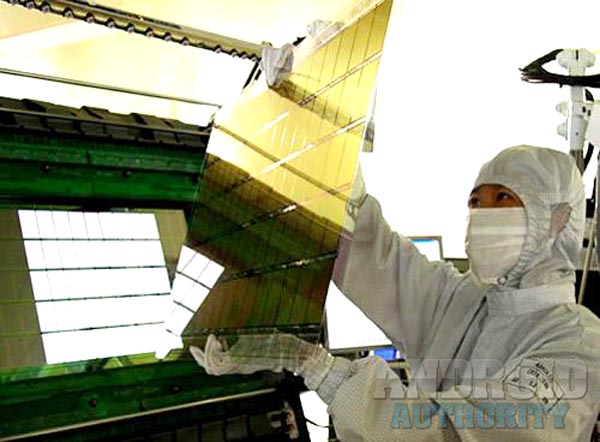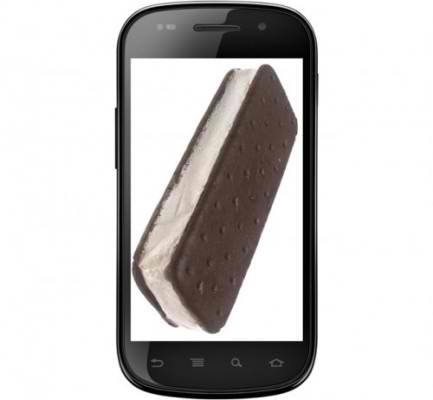Affiliate links on Android Authority may earn us a commission. Learn more.
Samsung's HD Super AMOLED Screen: How Important Is Its 720p Goodness?

Samsung has recently announced 2 new wonderphones for the South Korean market–the Samsung Galaxy S II LTE and the Samsung Galaxy S II HD LTE–just days before the original Samsung Galaxy S II had a chance to debut on the AT&T network.
Although the Samsung Galaxy S II LTE is exactly what it sounds like (i.e., an LTE version of the Galaxy S II), its HD partner is a different story.
Packing 4G LTE and a 4.65-inch HD Super AMOLED screen at 1280×720 resolution, the Samsung Galaxy S II HD LTE is going to be the “phone of phones.” Remember Apple’s Retina display? The 720p HD display on the Galaxy S II HD LTE will be blowing that completely out of the water.

The Samsung Galaxy S II HD LTE
As has already been mentioned, the two new Galaxy S II phones will be similar in some ways to their original predecessor. But, in case you haven’t read about the Galaxy S II HD LTE yet, here are some of its basic specs:
- 1.5 GHz dual-core processor
- 16 GB internal storage
- 8 MP camera
- 4.65-inch HD Super AMOLED screen
- 1280×720 display resolution
- approximately 319 ppi pixel density
- LTE capability
Currently, this device is headed to Korea. Although we may not be getting our hands on this particular device, we are certain that Samsung has something in store for us. But, what does that hold for us? For one–720p HD Super AMOLED screens.

Why does 720p HD resolution matter?
Before we delve into details, let’s take a look at a comparison of some displays:
- iPhone 4 – 3.5 inches – 960×640 = 326 ppi
- Galaxy S II (international version) – 4.27 inches – 800×480 = 218 ppi
- Galaxy S II HD LTE – 4.65 inches – 1280×720 = 319 ppi
The iPhone 4 has the highest pixel density. Doesn’t that make its screen better? No, not necessarily. There are a few reasons why the HD Super AMOLED screen is better:
- Maximum pixel density – Studies have shown that the naked eye is not capable of differentiating pixel densities above 300 ppi.
- 720p videos – Just because a phone can record 720p videos doesn’t necessarily mean it can play them back at the same resolution. But, with 720p displays, videos can be played back at their native resolutions.
- Larger screen size -If you take a look at the list of phone displays again, you will notice that the iPhone 4 and the Galaxy S II HD LTE have almost similar pixel densities. However, the Samsung device’s display is over an inch larger than the iPhone 4’s and spares only 7 pixels per inch. Just because a phone has this screen doesn’t necessarily mean it can handle the graphic processing demand. With more pixels comes the need for a better graphics processor; that is, the more pixels that the phone is displaying, the more work the graphics processor has to do.

Finally, the cons of this beautiful display. Tested.com reports that Samsung has not fully moved away from PenTile displays like Motorola has. Although this type of screen makes for blurriness, it is easier to produce and the incredible 319 ppi display will definitely hide these blemishes. In addition, this monster display has a slightly tweaked aspect ratio (16:9). This becomes a problem when the dominant aspect ratio becomes 16:10, and developers have been creating with that in mind.

Future Devices
When rumors started to surface about the Nexus Prime, most people could not believe its rumored screen resolution. Now that the Samsung Galaxy S II HD LTE has come about, we could hardly imagine that the same 1280×720 display wouldn’t be used on the Nexus Prime.
720p HD resolution on the Nexus Prime’s HD Super AMOLED screen–doesn’t the thought of it make your mouth water?